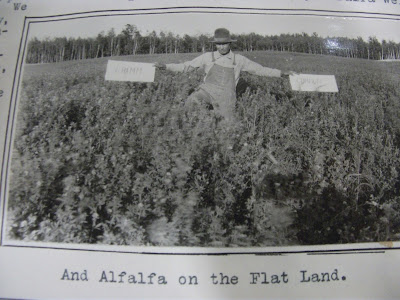Wisconsin has produced a number of remarkable political figures, both famous and infamous, but one of the most influential Wisconsin politicians in recent history was Gaylord Nelson. He enjoyed a long and productive political career, serving as a Wisconsin State Senator (1949-59), Governor of Wisconsin (1959-63), and U.S. Senator (1963-81). Nelson is probably best known for his passion for environmental issues and was the principal founder of Earth Day in 1970. He also was an advocate for civil rights, the fight against poverty, safety standards in the automotive and tire industries, and accountability in the pharmaceutical industry. He was one of only three senators to oppose the Vietnam War. His colleagues called him the conscience of the Senate.
Gaylord Nelson holding a hearing regarding abuses by the pharmaceutical industry, 1968.
The Wisconsin Historical Society has Gaylord Nelson’s papers, and in honor of the recent completion of the first phase of the project to process these papers, WHS released an online gallery of selected images from Nelson’s life and career. Some of these images appear here, and the complete gallery can be viewed here.
Gaylord Nelson at the Apostle Islands, 1967.
Processing the Gaylord Nelson Papers was no easy task. The Wisconsin Historical Society’s website describes the difficulties in dealing with this sizeable and historically significant body of material as follows:
Nelson donated a portion of his senatorial papers to the Society in 1974; the rest of the materials arrived in 1980 upon Nelson's defeat in the Senate. These two accessions constituted the bulk of the Nelson collection, totaling 1,040 boxes of paper, audio recordings, films, photographs, scrapbooks and video recordings. The papers remained unprocessed, however, until 2006 when the Society received a generous grant from the Evjue Foundation. In addition to the grant, the Nelson Institute of Environmental Studies at the University of Wisconsin-Madison has been a major financial contributor to the project. Since then, the work to identify, organize and describe the materials in the collection has been ongoing. And now the most significant portion of the collection has been preserved, organized and, lastly, described in a finding aid now available online through the Society's website. The Society also holds Nelson's official papers as governor of Wisconsin (1959-1963).
Kennedy campaigning in Wisconsin with Governor Nelson on his left, 1960.
Creating Menominee County, 1959.
WHS has digitized a number of original documents and primary sources relating to Gaylord Nelson and the environmental movement and made them available online as part of their Turning Points in Wisconsin History online collection.
Gaylord Nelson receives the Presidential Freedom Award, 1995.
Gaylord Nelson’s impact on Wisconsin and the country at large would be hard to overstate. The Wisconsin Historical Society’s efforts to process and digitize the Nelson Papers are another great example of celebrating Wisconsin’s ideas and ideals.
[Post Created by Eric Tollefson]
















.jpg)











